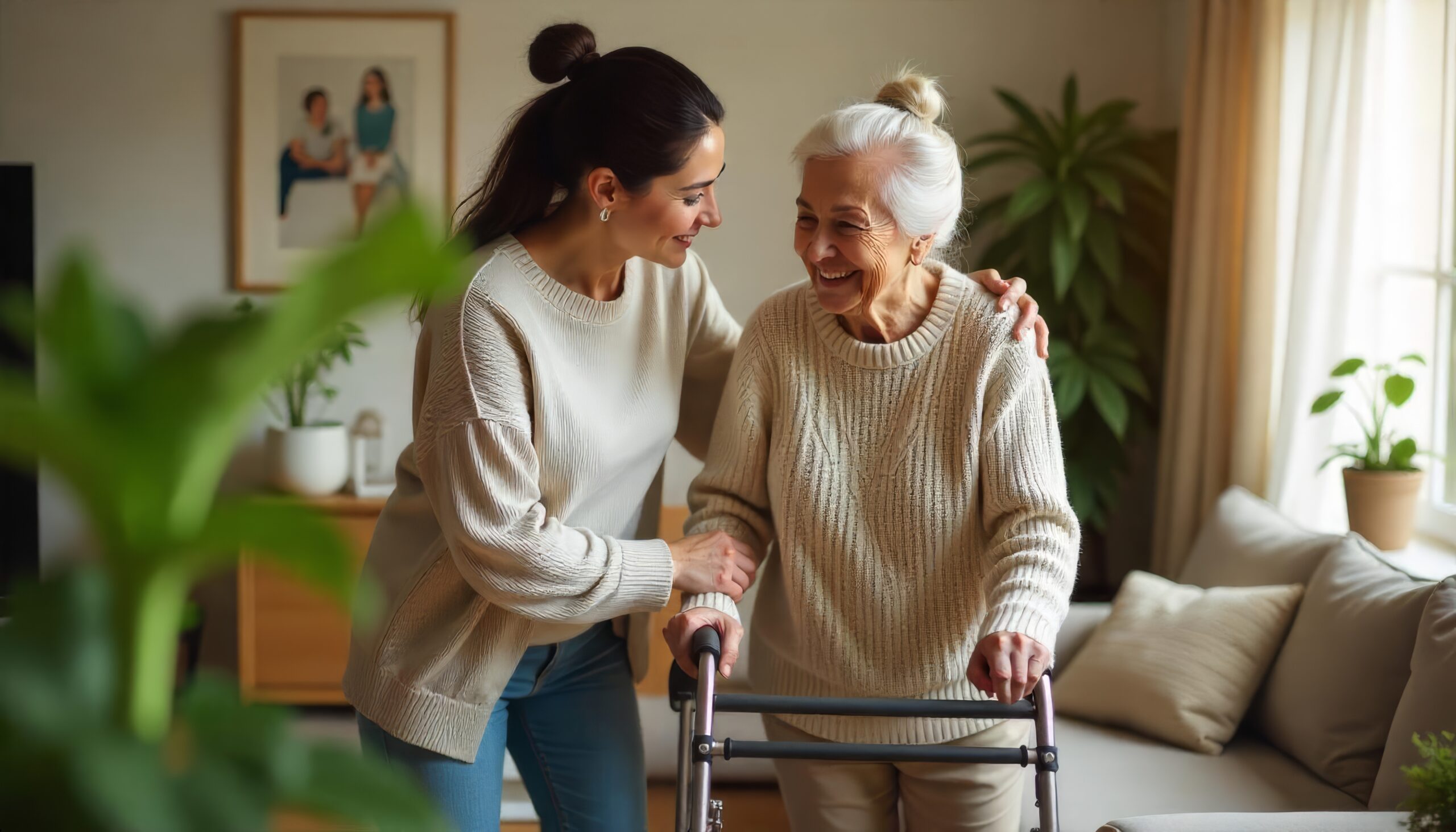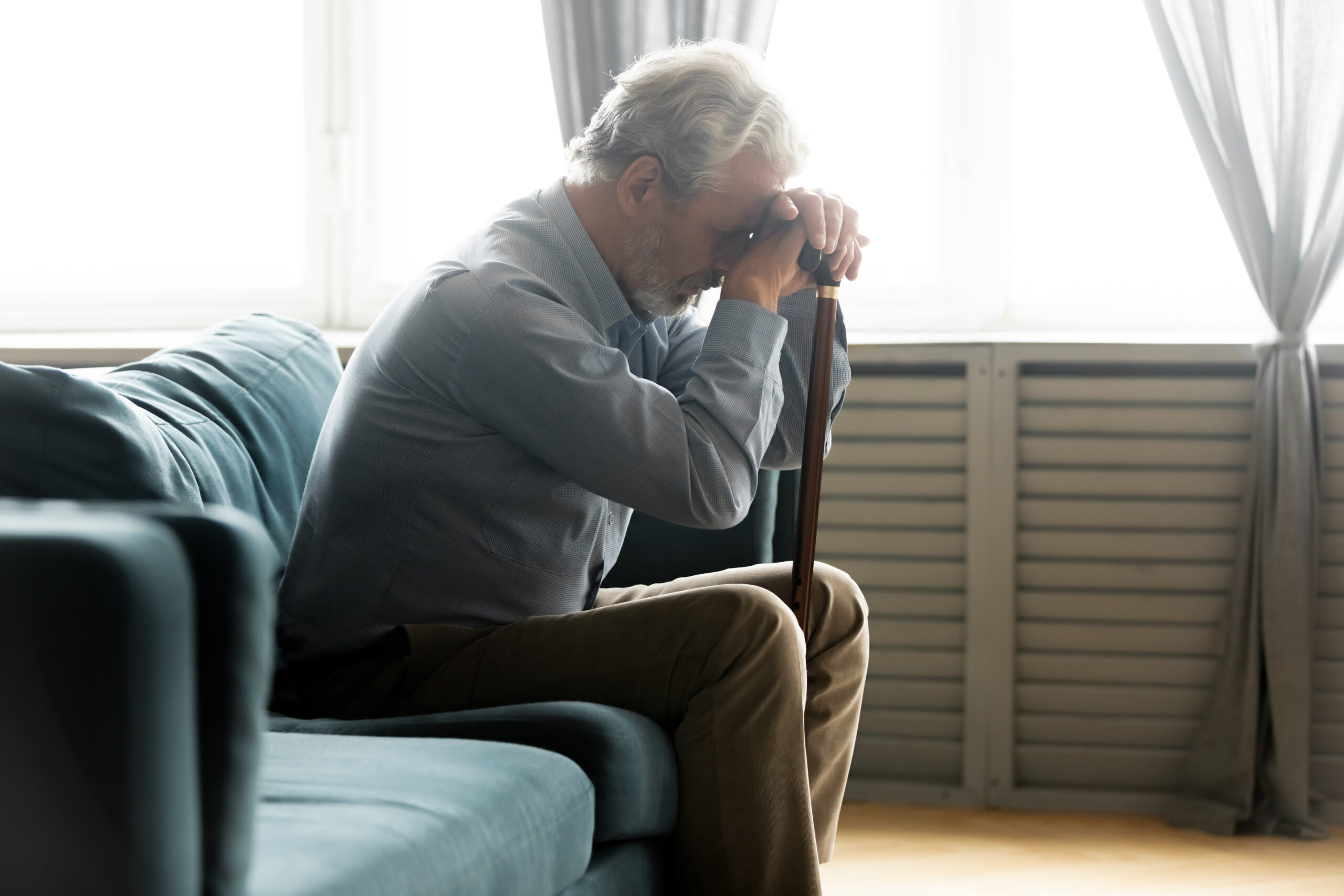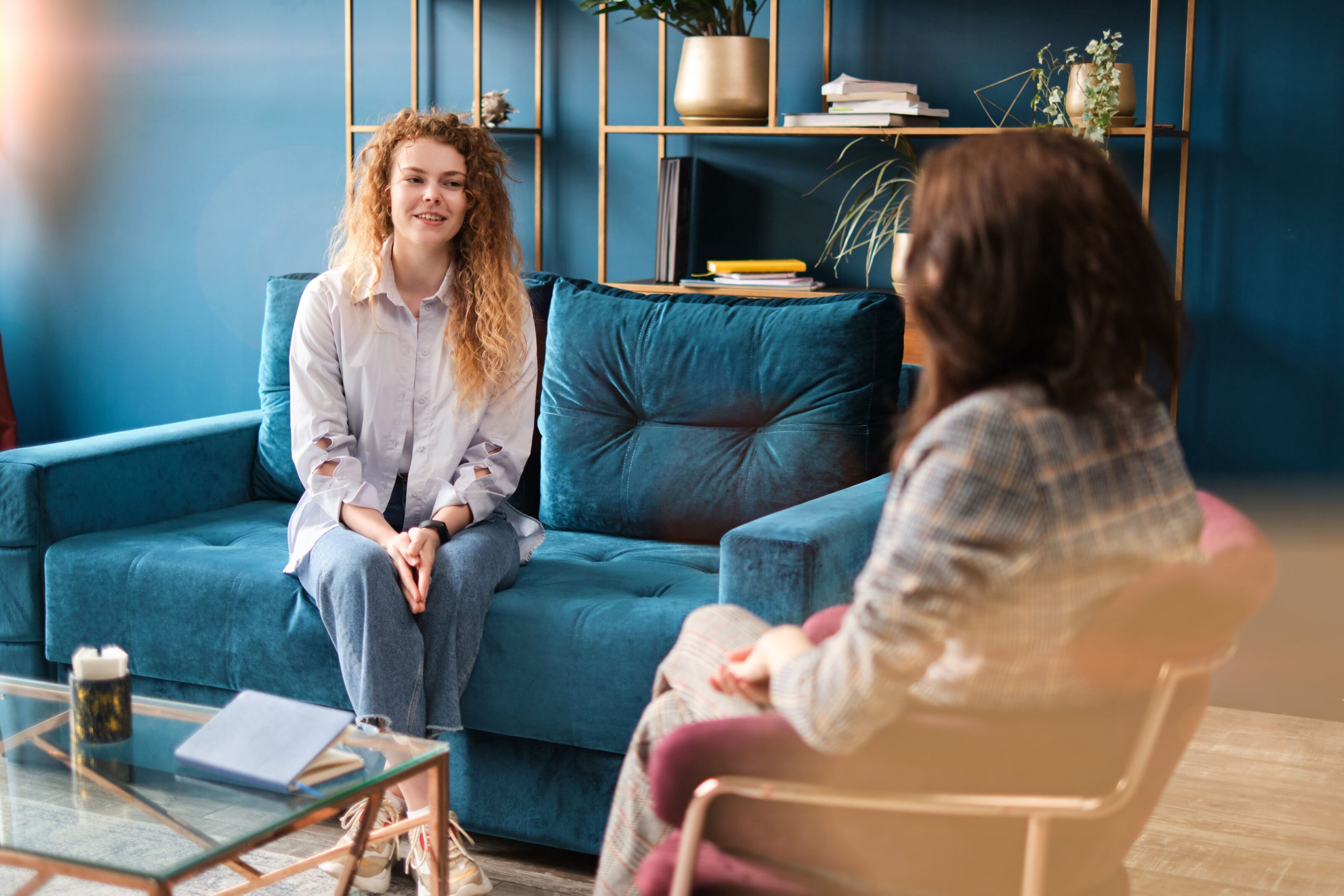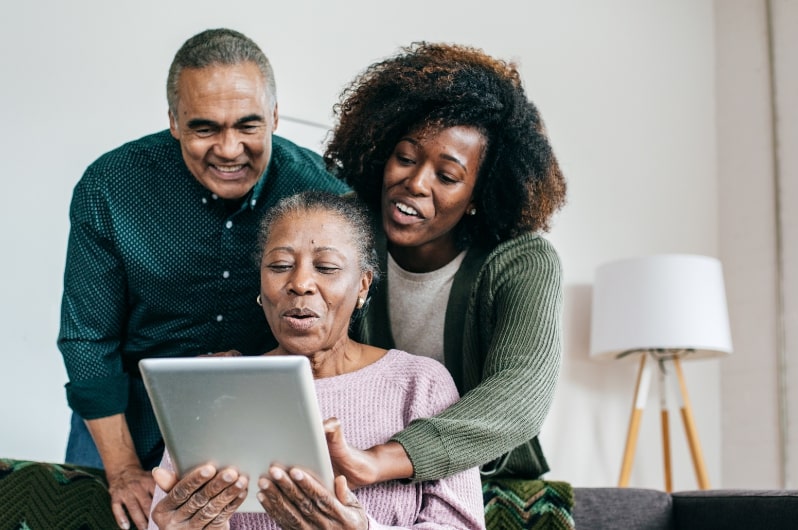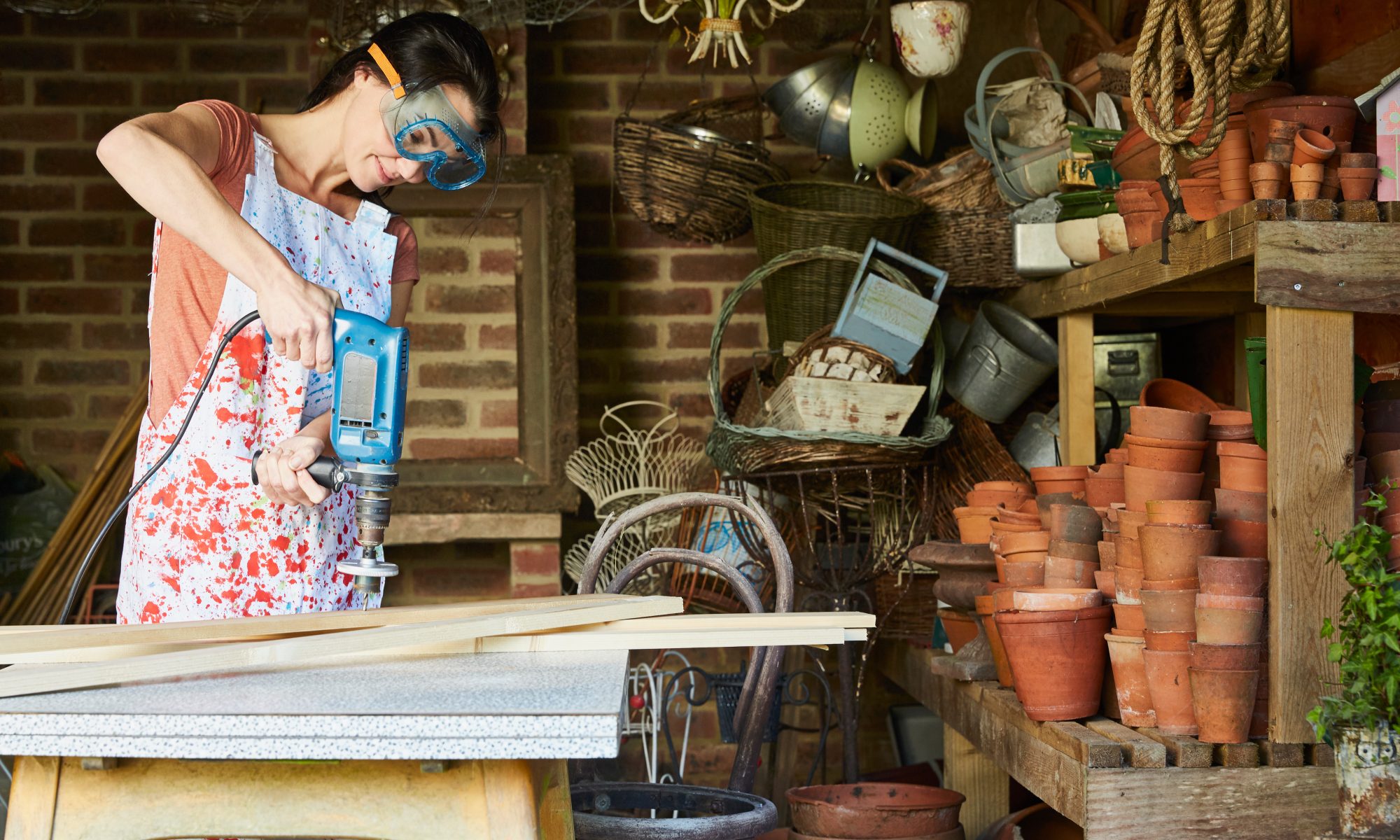
June 2016 Is National Safety Month. So, this week we bring you more safety tips to keep you safe all year round. Aging Safely in Place is a very important senior topic these days…so here are some simple tips! Following just a few of these suggestions can make your home fall proof and much more fun to live in! You don’t have nine lives – look out for slip, trip and fall hazards.
Fall Proofing Your Home
Simple Changes for Home Safety
Six out of every 10 falls happen at home, where we spend much of our time and tend to move around without thinking about our safety. Many falls could be prevented by making simple changes in your living areas, as well as personal and lifestyle changes.
Take steps to “fall proof” your home, both inside and outdoors. To make your home safer, you can
- remove or avoid safety hazards
- improve lighting
- install handrails and grab bars
- move items to make them easier to reach.
Tips to “Fall Proof” Your Home




Courtesy National Association of Homebuilders (NAHB) Research Center
- An important step toward preventing falls at home is to remove anything that could cause you to trip or slip while walking. Tripping on clutter, small furniture, pet bowls, electrical or phone cords, or other things can cause you to fall. Slipping on rugs or slick floors can also cause falls.
- Arrange furniture to give you plenty of room to walk freely. Also remove items from stairs, hallways, and pathways.
- Be sure that carpets are secured to the floor and stairs. Remove throw rugs, use non-slip rugs, or attach rugs to the floor with double-sided tape.
- Put non-slip strips on floors and steps. Put non-slip strips or a rubber mat on the floor of your bathtub or shower, as well. You can buy these items at a home center or hardware store.
- At home and elsewhere, try to avoid wet floors and clean up spills right away. Use only non-skid wax on waxed floors at home.
- Be careful when walking outdoors, and avoid going out alone on ice or snow. A simple slip on a slick sidewalk, a curb, or icy stairs could result in a serious injury.
- During the winter, ask someone to spread sand or salt on icy surfaces. Be sure to wear boots with good traction if you must go out when it snows. Better yet, don’t take chances walking on icy or slippery surfaces.
- Poor lighting — inside and outdoors — can increase your risk of falls. Make sure you have enough lighting in each room, at entrances, and on outdoor walkways. Use light bulbs that have the highest wattage recommended for the fixture.
- Good lighting on stairways is especially important. Light switches at both the top and bottom of stairs can help.
- Place a lamp within easy reach of your bed. Put night lights in the bathroom, hallways, bedroom, and kitchen. Also keep a flashlight by your bed in case the power is out and you need to get up.
- Have handrails installed on both sides of stairs and walkways. If you must carry something while walking up or down stairs, hold the item in one hand and use the handrail with the other. When you’re carrying something, be sure you can see where your feet are stepping.
- Properly placed grab bars in your tub and shower, and next to the toilet, can help you avoid falls, too. Have grab bars installed, and use them every time you get in and out of the tub or shower. Be sure the grab bars are securely attached to the wall.
- You might find it helpful to rearrange often-used items in your home to make them more accessible. Store food boxes, cans, dishes, clothing, and other everyday items within easy reach. This simple change could prevent a fall that might come from standing on a stool to get to an item.
If you have fallen, your doctor might suggest that an occupational therapist, physical therapist, or nurse visit your home. These health care providers can assess your home’s safety and advise you about making changes to prevent falls.
